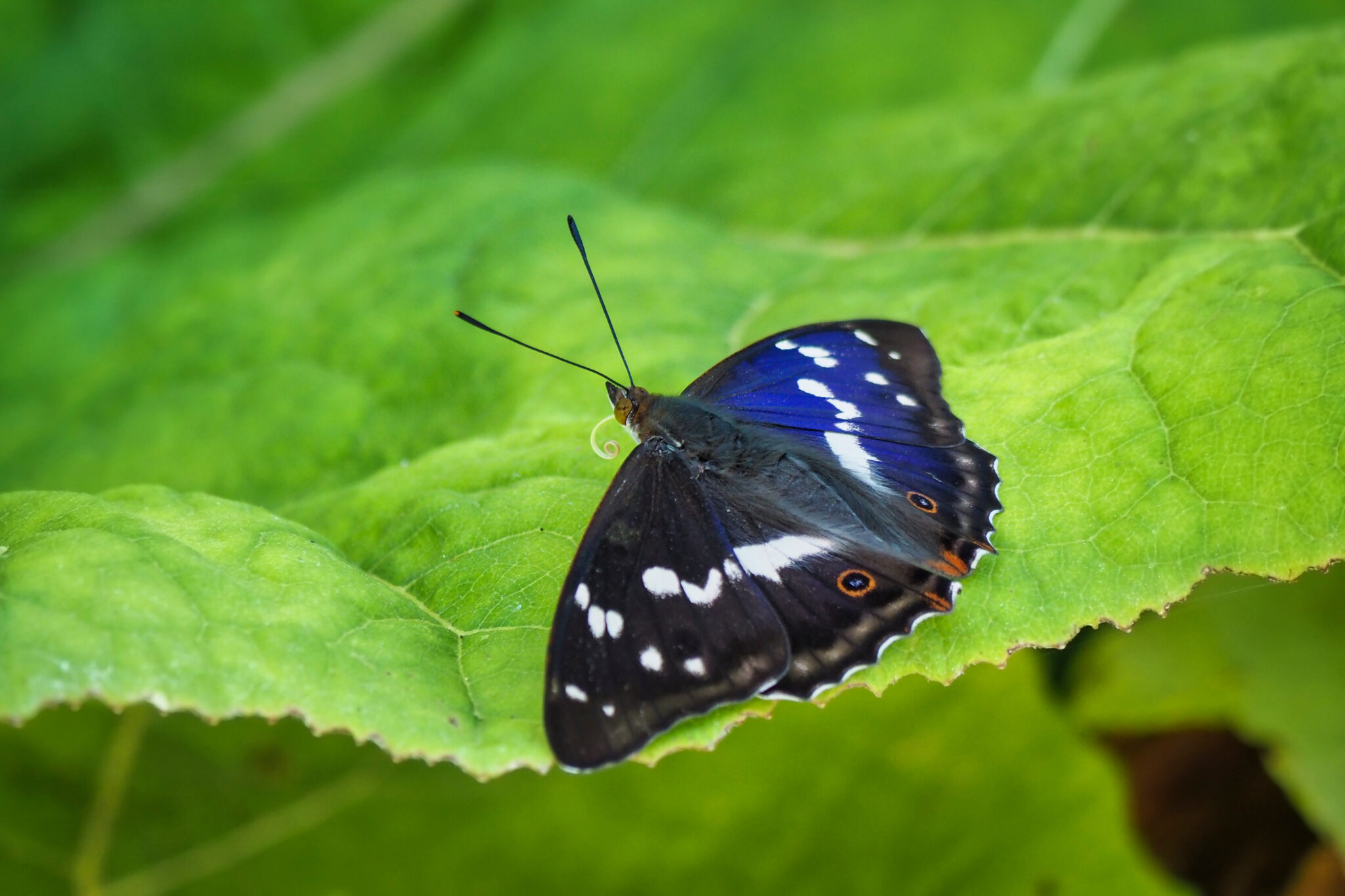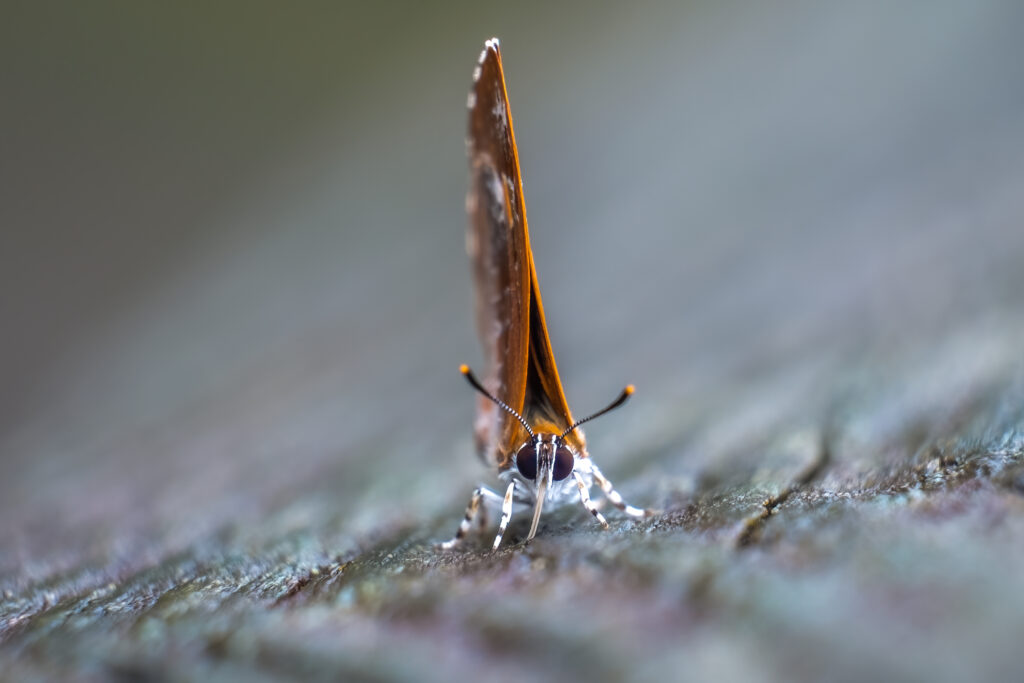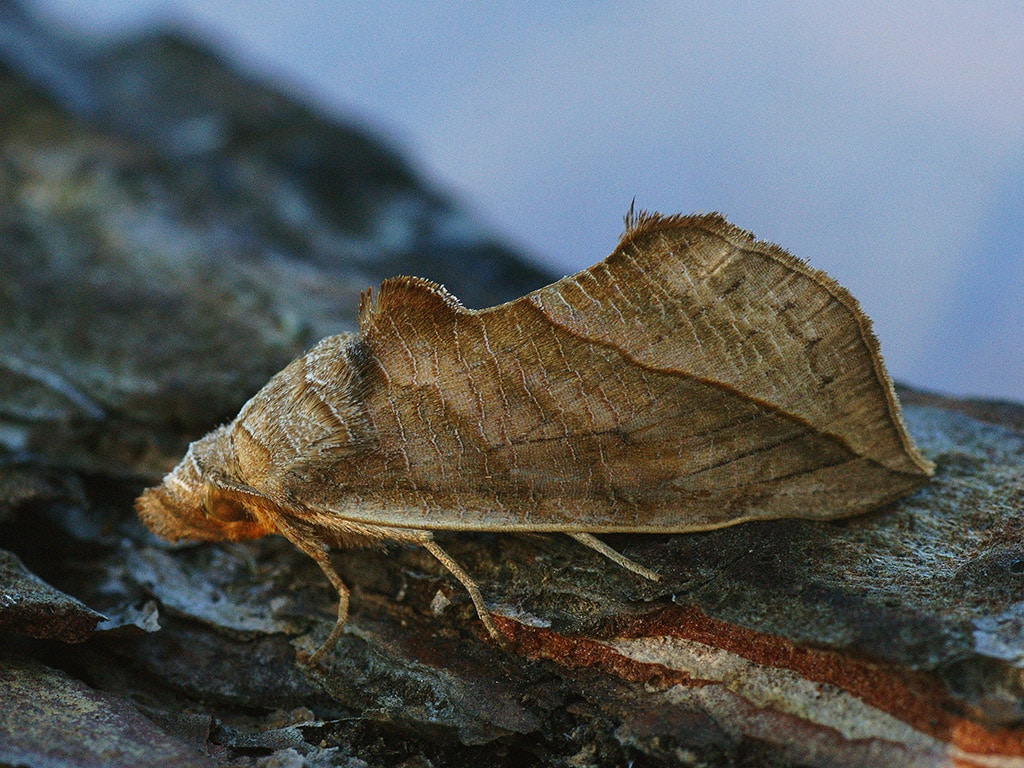Carnivorous butterflies and moths
Although most of the larvae in the Order Lepidoptera are herbivorous there are some carnivorous butterflies and moths that in their larval stage eat other insects such as aphids and mites

It is well known that butterfly and moths are herbivorous, their caterpillar stage eating plants and sometimes ravaging entire crops.
Although most of the larvae in the order Lepidoptera are herbivorous there are some carnivorous butterflies and moths that in their larval stage eat other insects such as aphids and mites.
It is calculated that less than 1% of the Lepidoptera species are carnivorous butterflies and moths, and of those only a few are obligates carnivores since some species only eat other insects if they do not find enough plant food.
They are not impressive predators, feeding mainly on slow, soft-bodied scale insects, eggs of other insects or ant brood.
Carnivorous Lepidoptera can be divided in 3 types: cannibals which only consume their fellow caterpillar if there is no plant food; occasional predators which eat plant food but sometimes eat insects living in the same habitat; and obligate predators who regularly feed on insects.
In the US there is only one carnivorous butterfly, the Harvester. Feniseca tarquinis is an obligate carnivore and the caterpillar feeds only on wooly aphids such as Neoprociphilus aceris who feeds on spiny greenbrier vines.

Another interesting case is the Purple Emperor Butterfly, Apatura iris (main photo). This butterflies feed on rotting animal corpses. People leave rotten fish to attract them to take a photo.
Regarding moths, there are many interesting cases.
The larvae of the Case Bearing Clothes Moth, eat wool, fur and feathers. Laetilia coccidivora is regarded as a biological control agent that feeds on Coccidia pest species.
The larvae of the moth Epipomponia nawai attach themselves to the abdomen of their cicada host and feed on their flesh. The Eupithecia moths in Hawaii ambush prey such as crickets and spiders pretending to be a twig or leaf.
There are even eight species of moths that have been reported vampirizing mammals, including humans.
Calyptra fletcheri and C. thalictra have sucked human blood in lab settings. These species feed by piercing fruit to suck the juice; blood-drinking in these creatures is facultative, not obligate.


